Ceratosaurus
Name Origin
Horned Lizard
Family
Ceratosauridae
Classification
Diapsida, Saurischia, Theropoda
Habitat (Discovery Location)
United States
Period
Approximately 153 to 148 million years ago (Late Jurassic)
Length
Approximately 4.5 to 6 meters
Weight
Approximately 500 kg to 1 ton
Diet
Carnivore (Meat-eater)
 Jurassic
Jurassic
Park / World Featured Dinosaur
Appearance in Jurassic Park III
Ceratosaurus made its series debut in Jurassic Park III. It appears abruptly, without any warning, as the film is nearing its climax.
In the scene, it confronts Dr. Alan Grant's group while they are searching for a satellite phone mixed inside a pile of Spinosaurus dung. Just as the audience is anticipating another gripping chase scene, the Ceratosaurus sniffs the dung, seemingly recognizes the scent of the island's dominant apex predator (Spinosaurus), and, rather than attacking, simply walks away.
There is a production reason for this anticlimactic and brief appearance. The CG model for the Ceratosaurus in this film was a repurposed model of the Tyrannosaurus—whose controversial handling in the movie is also well-known. Remnants of the T-Rex model can be seen in its facial structure and heavy build. It might be fair to say that the Ceratosaurus was only included in the film because this model reuse was possible.
As another behind-the-scenes fact, this scene was originally intended for Carnotaurus. However, it was changed to Ceratosaurus for unknown reasons (rumored to be due to the influence of a certain other dinosaur movie released the prior year).
Like Corythosaurus, Ceratosaurus is also noted in the lore as having gone extinct on Isla Nublar after being transported there. However, it makes a reappearance in Jurassic World: Camp Cretaceous: Hidden Adventure (which is set after Jurassic World: Fallen Kingdom), having been recreated as a result of its DNA leaking onto the black market.
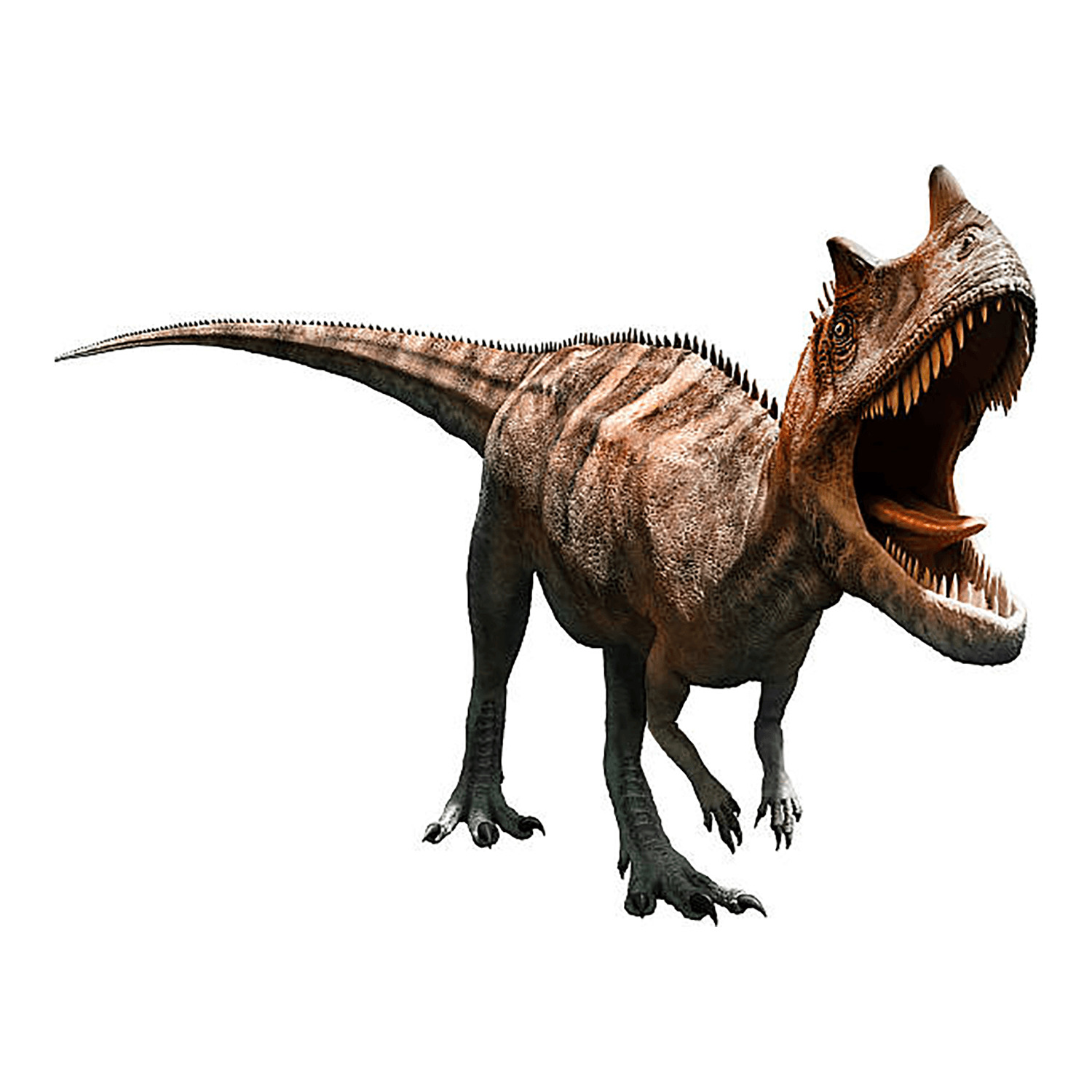

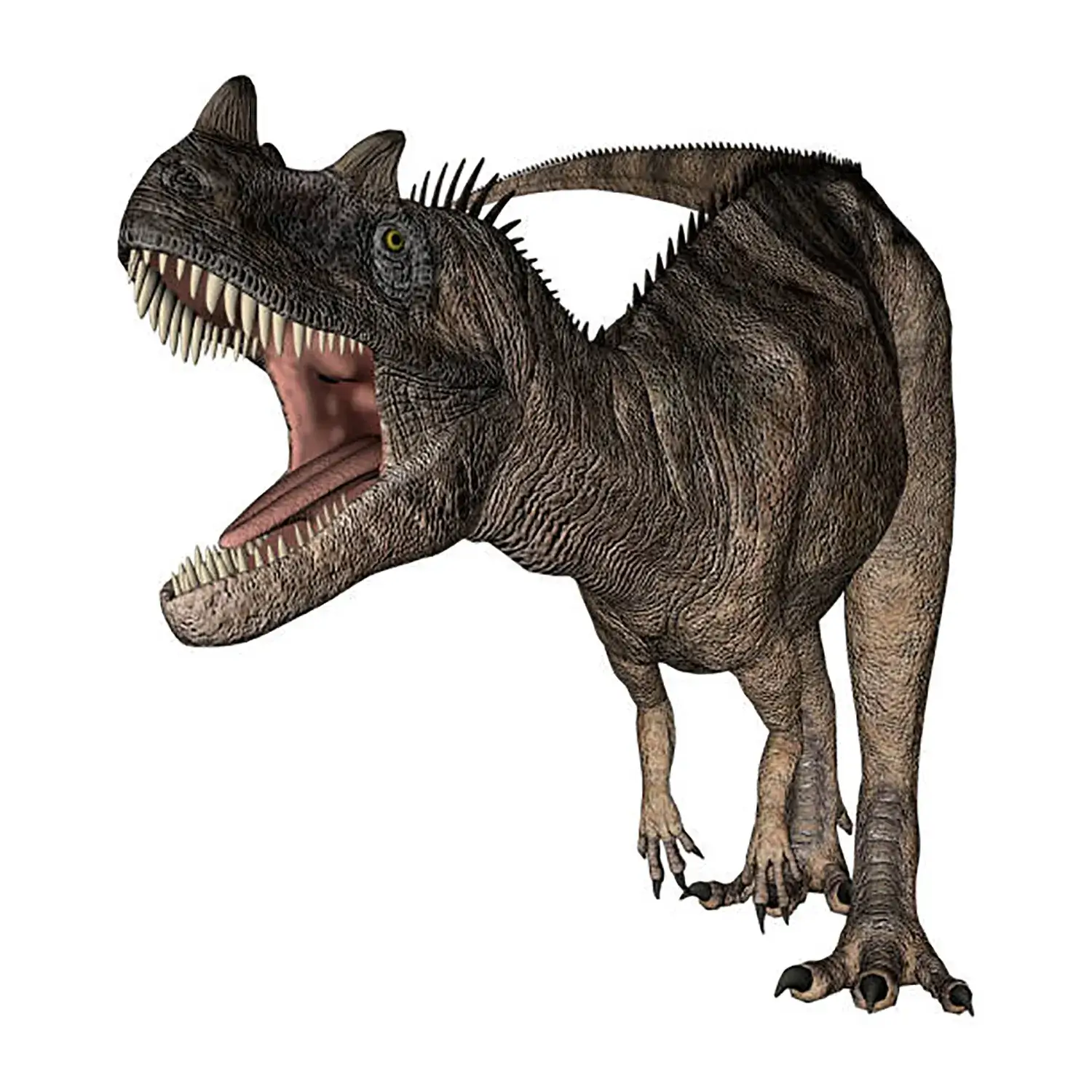
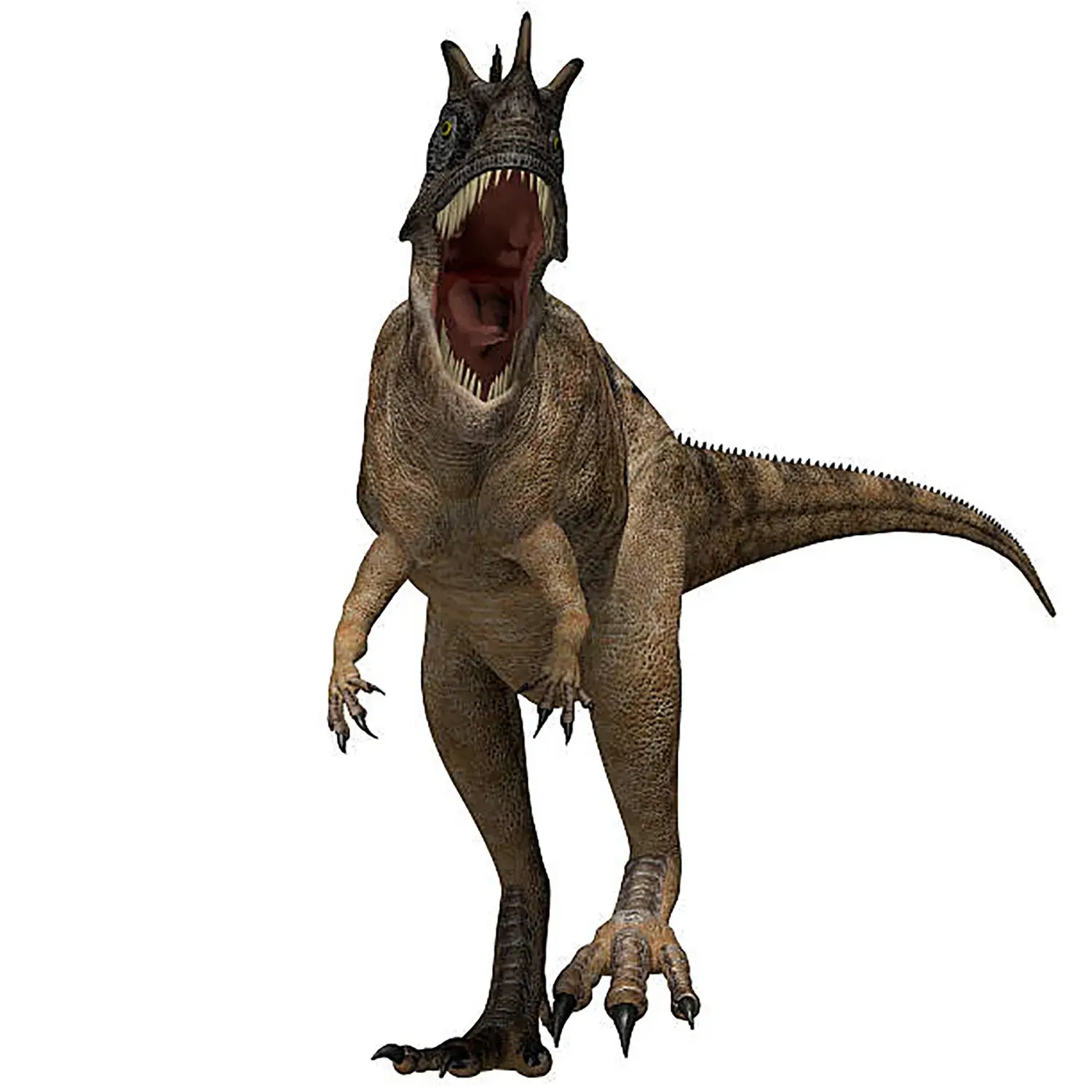
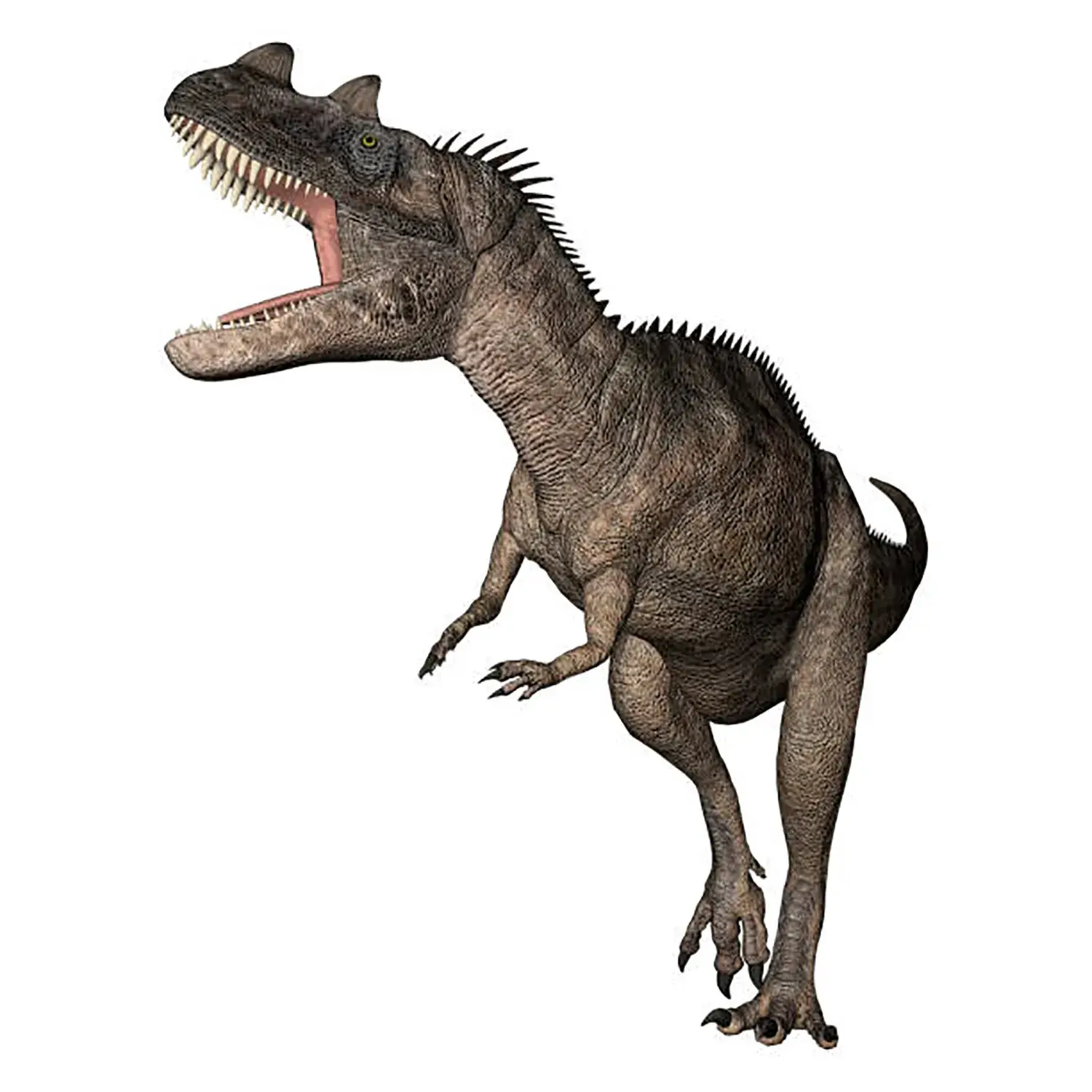
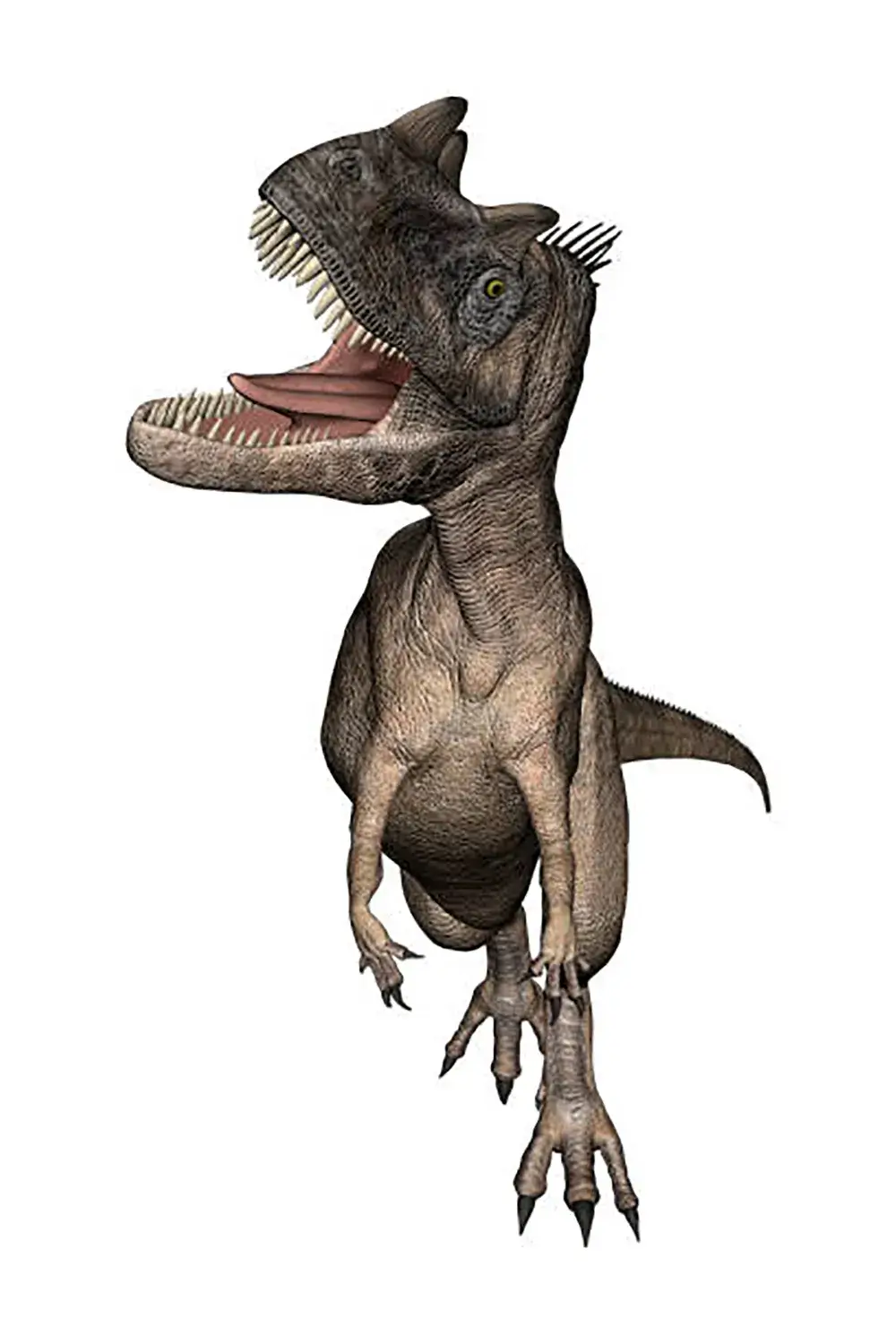


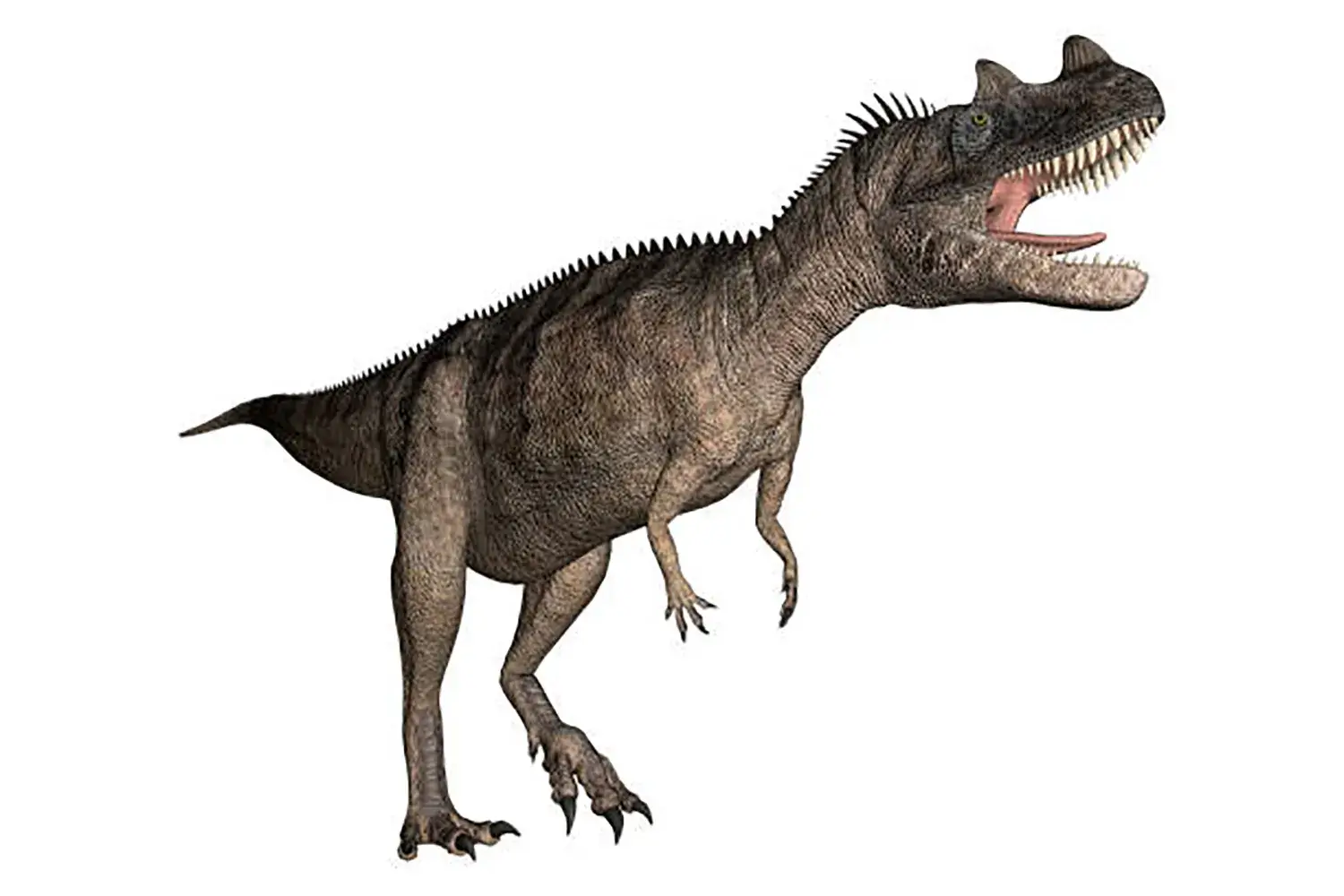
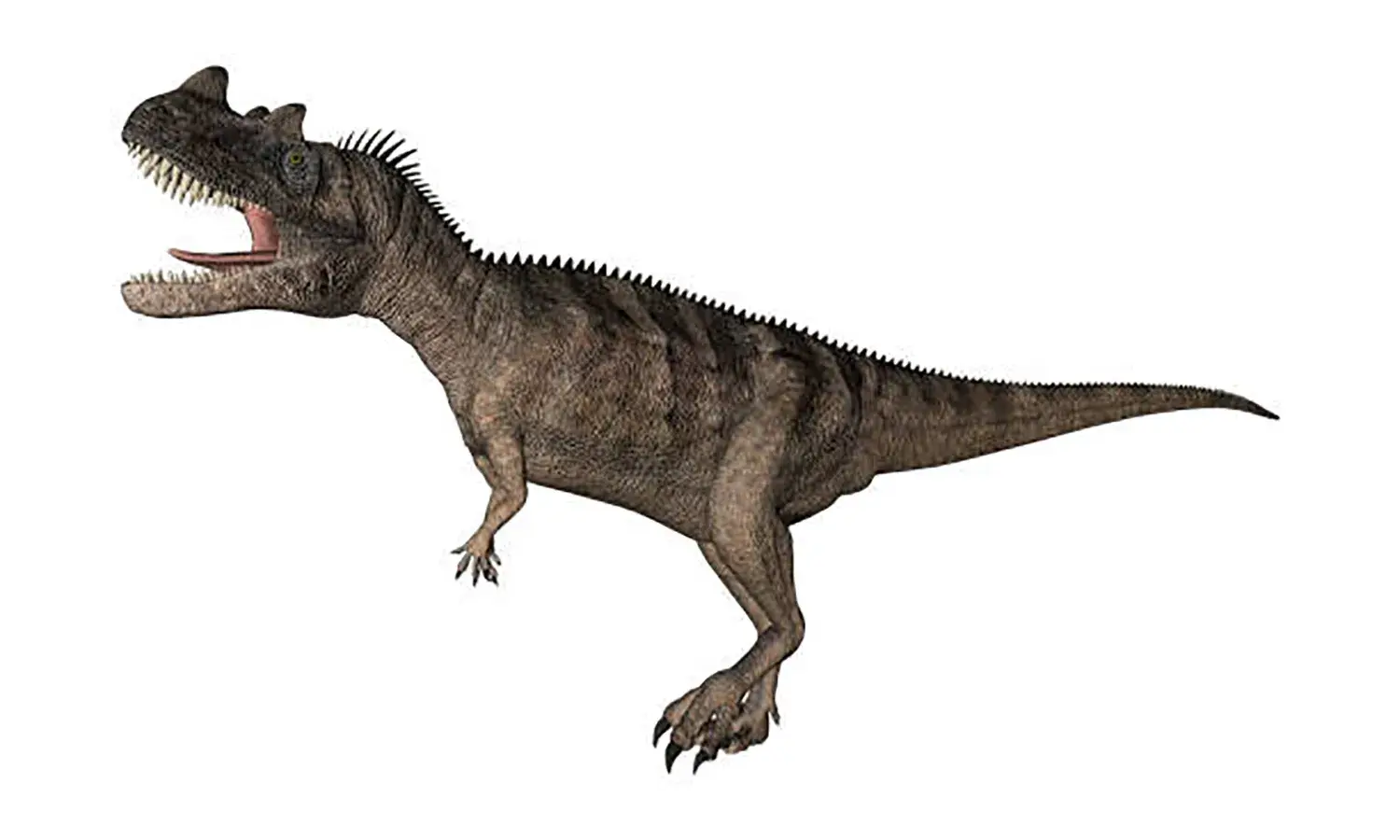
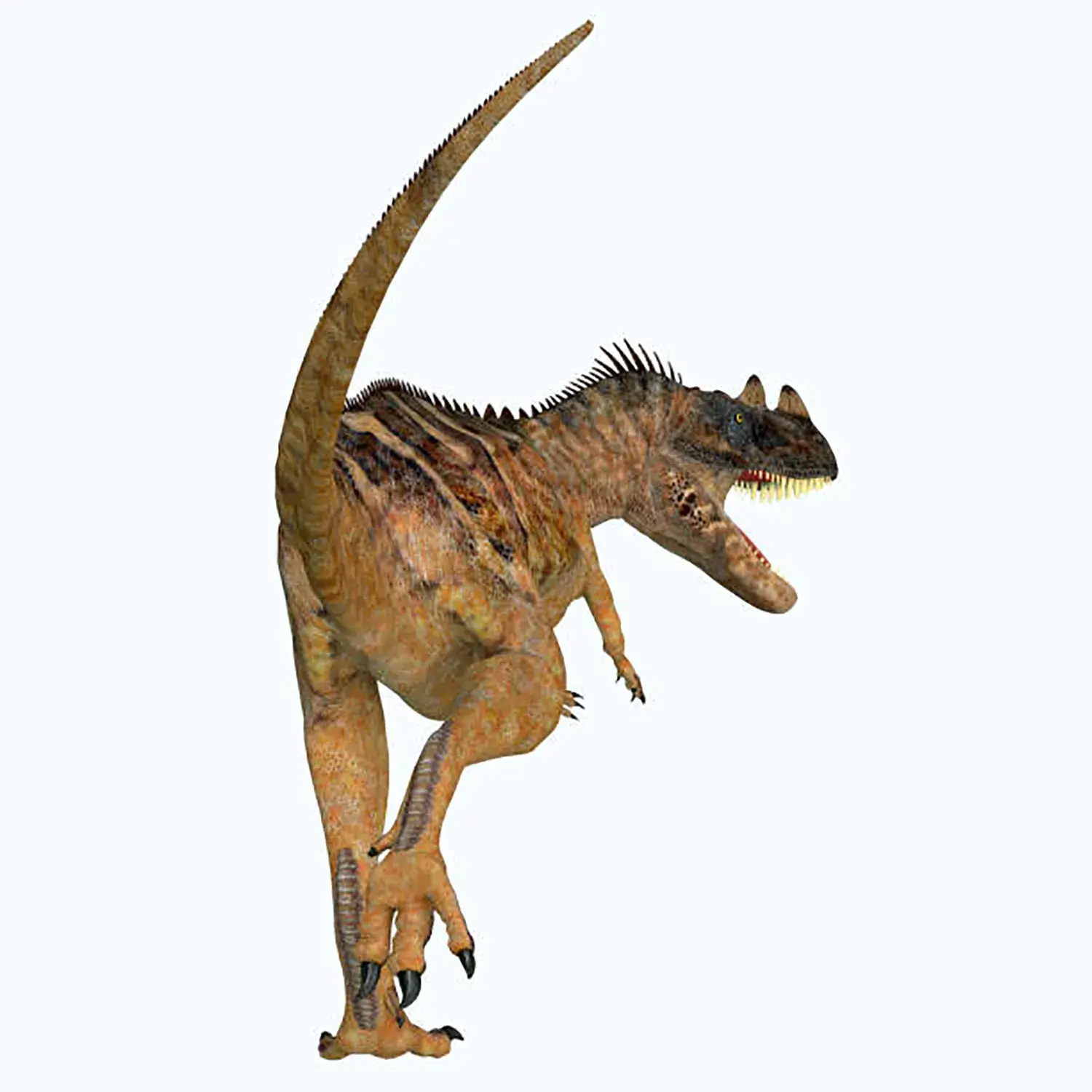
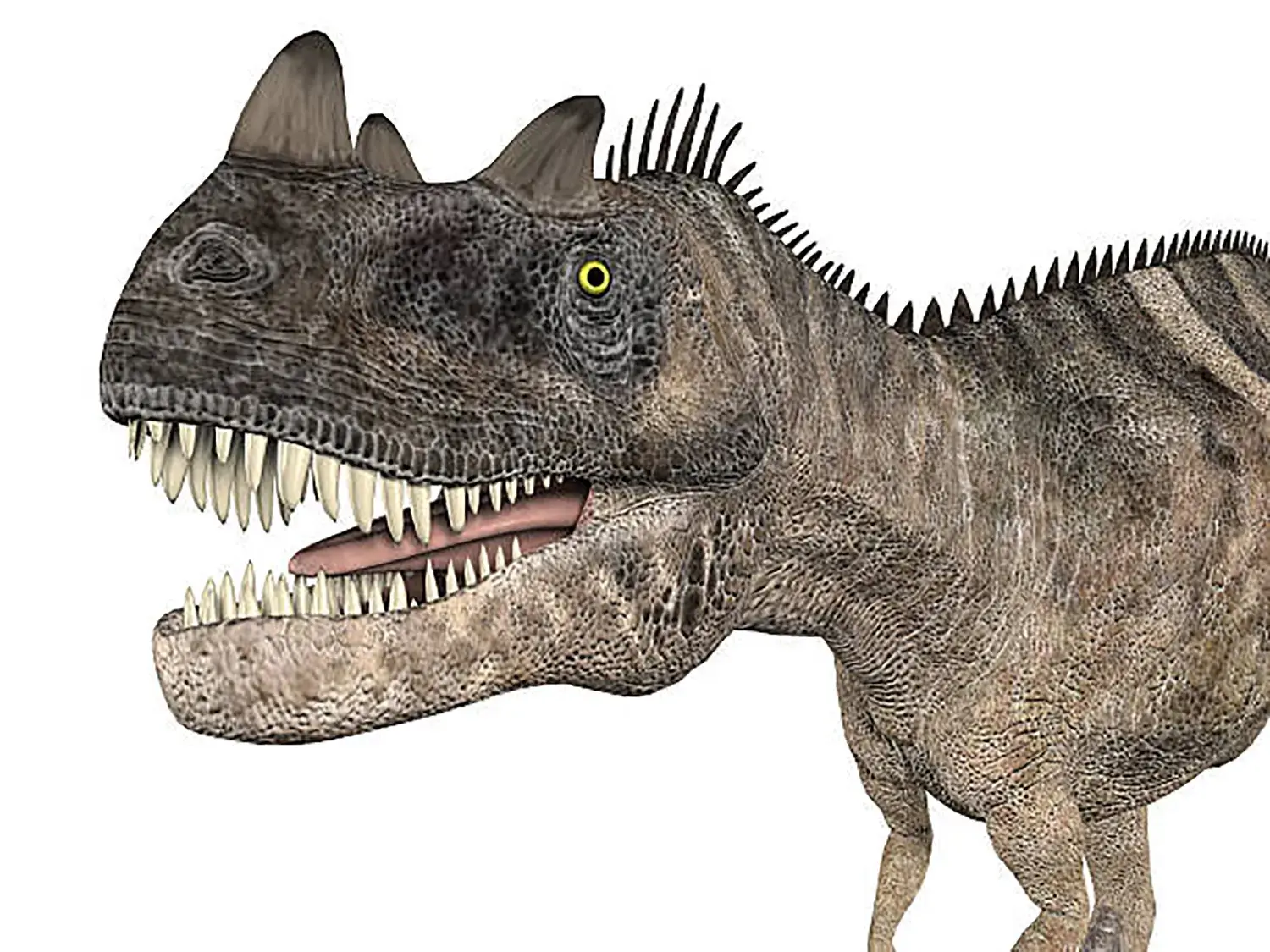
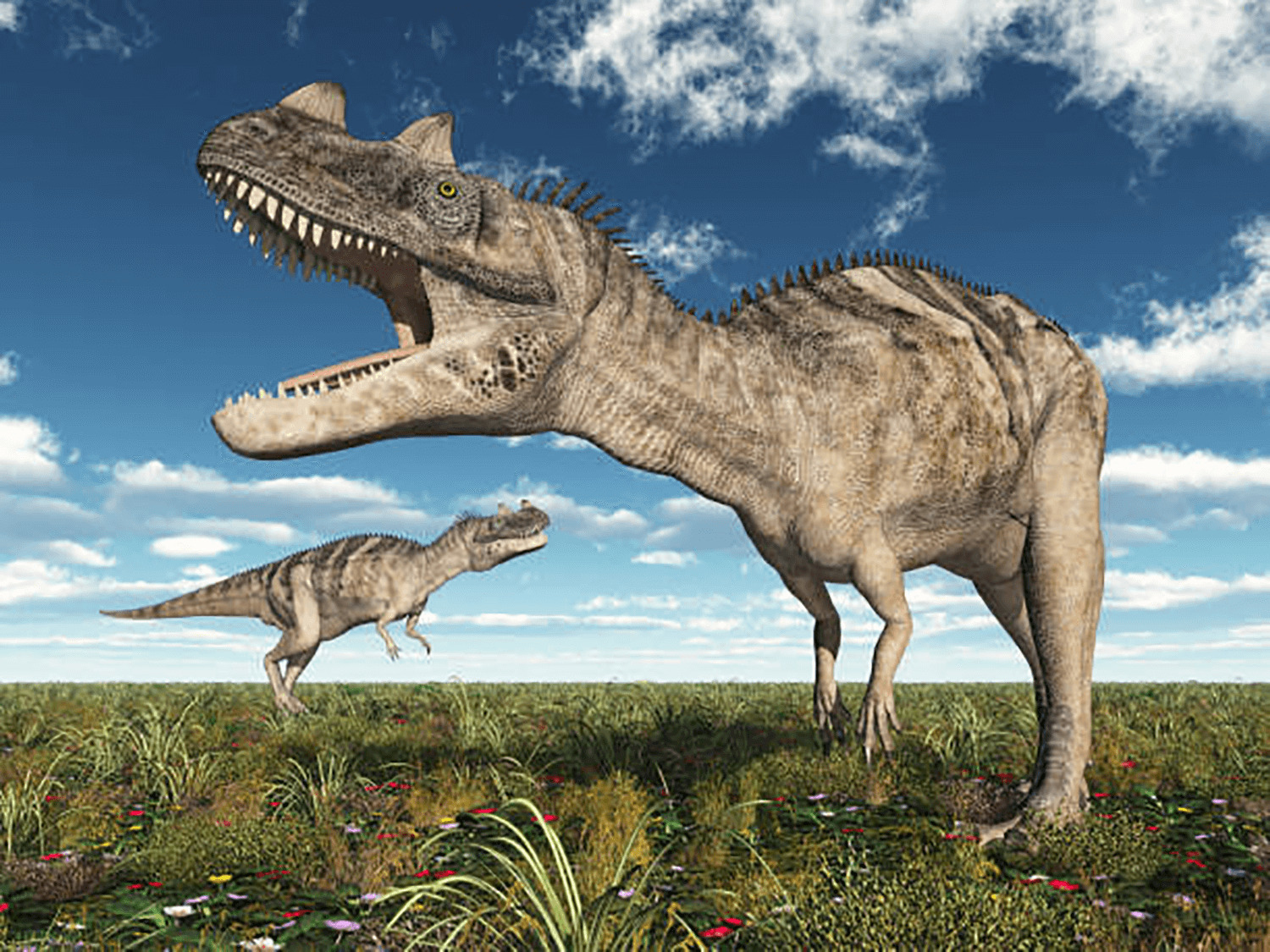
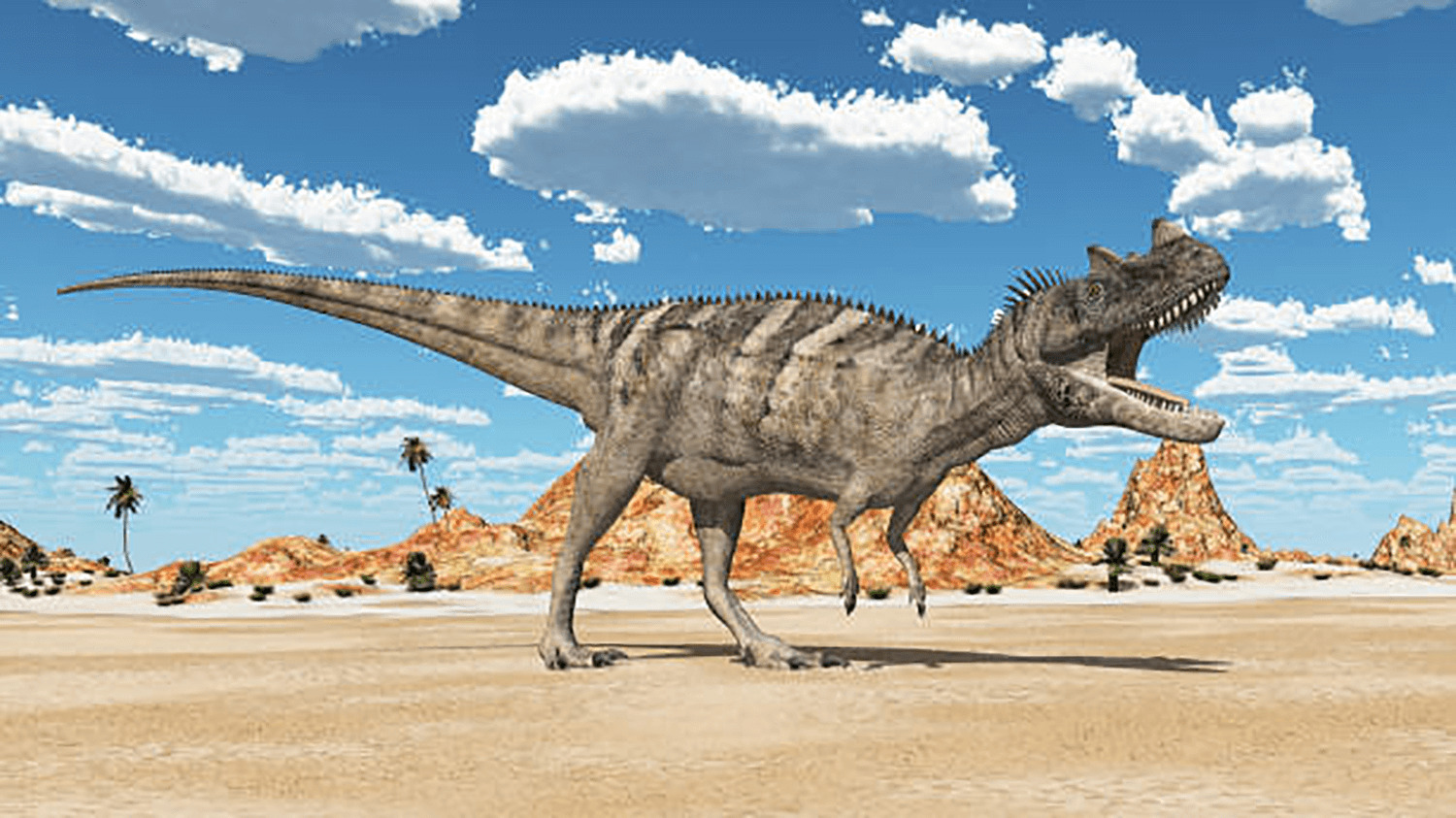
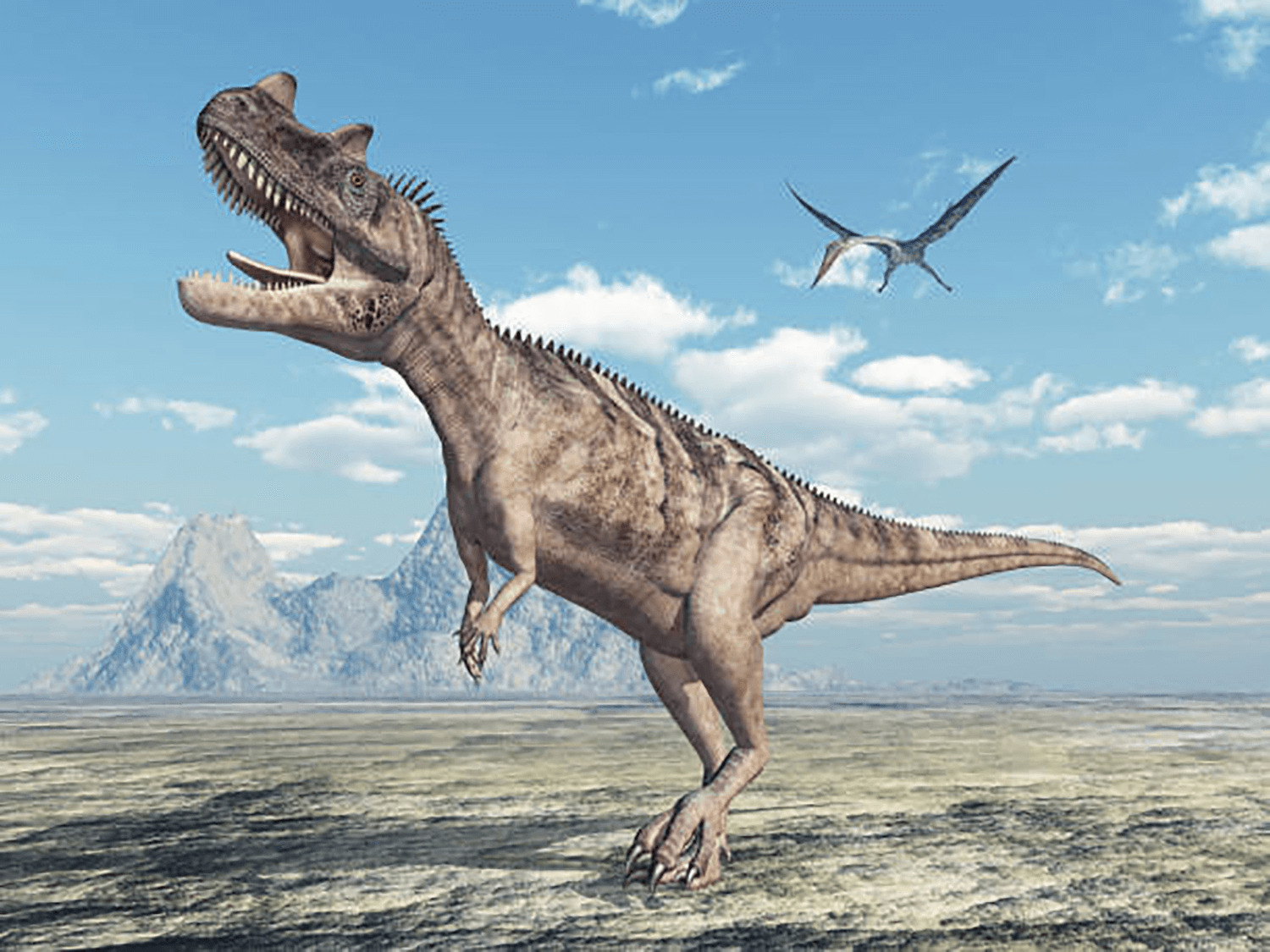
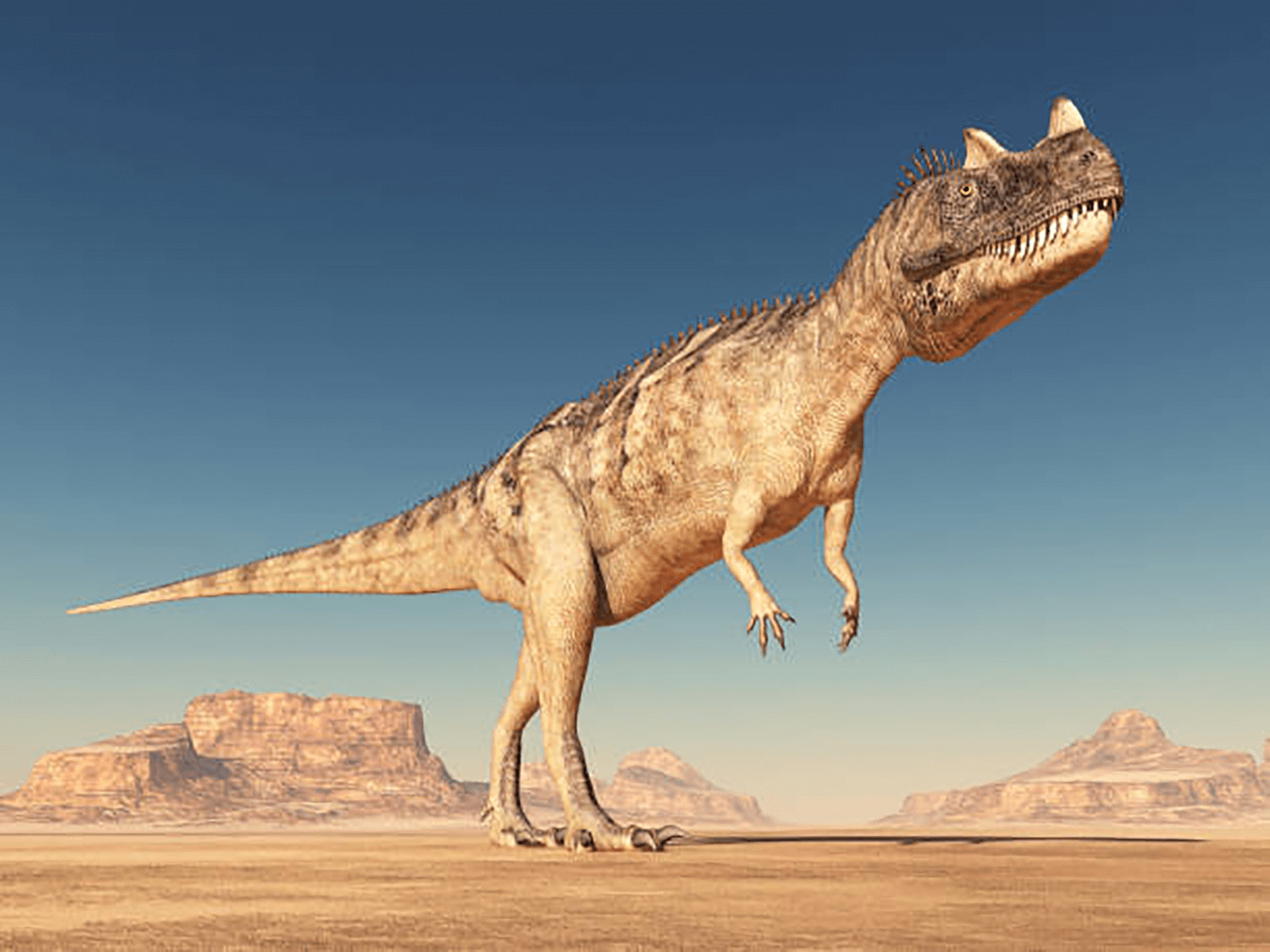
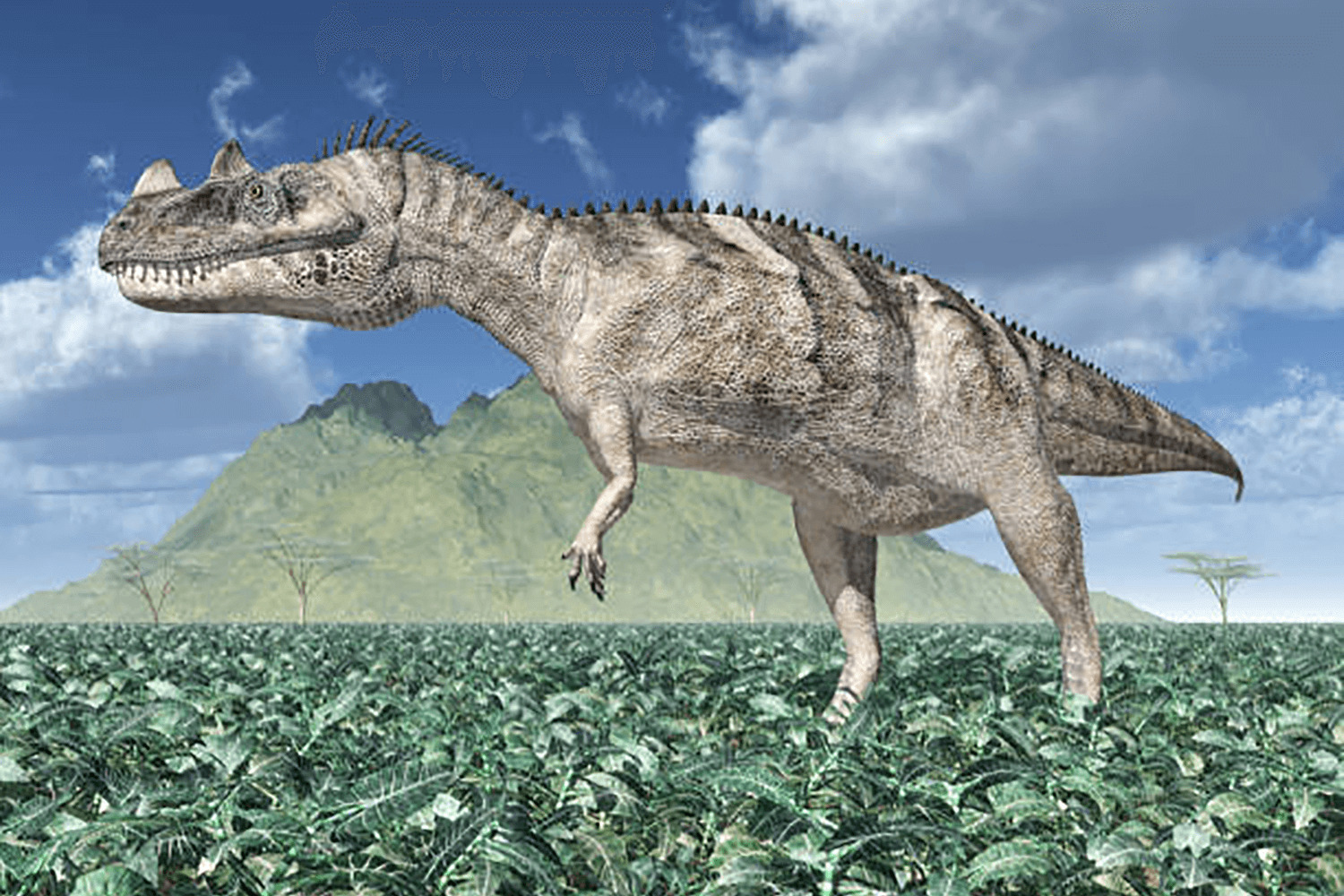
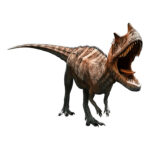
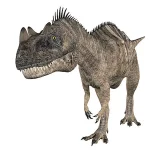
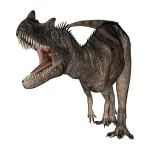
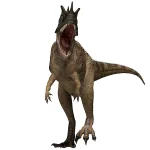
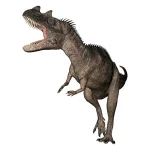
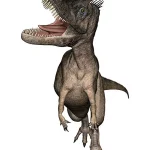
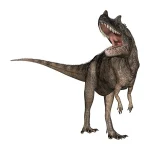
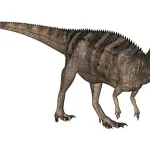
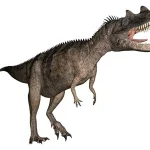

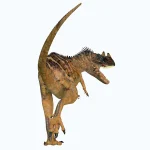
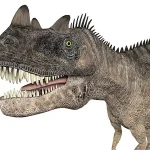
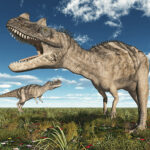
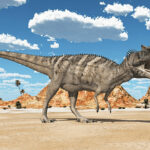
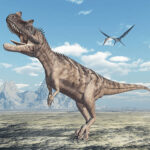
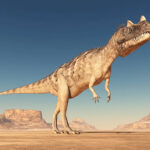
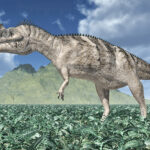

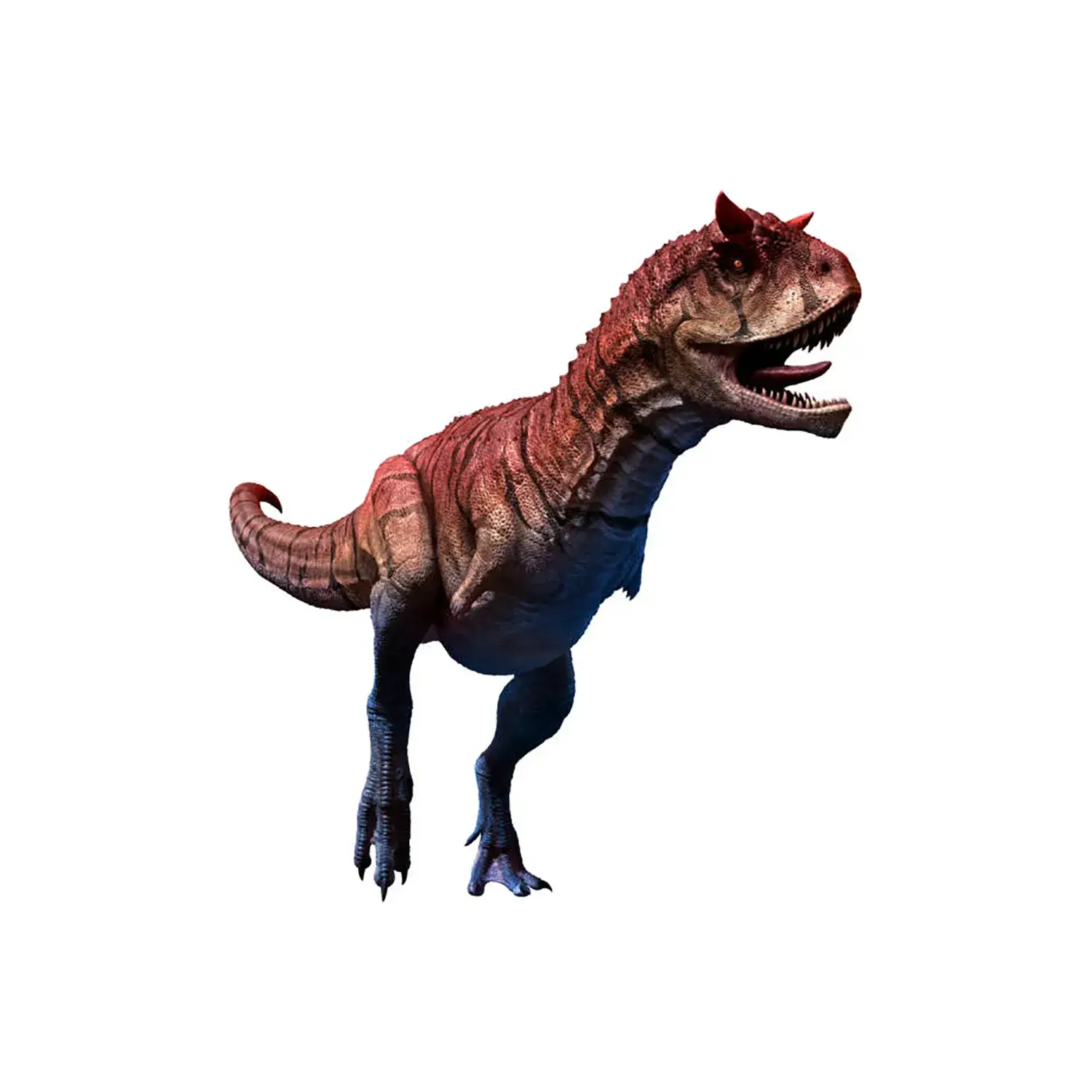
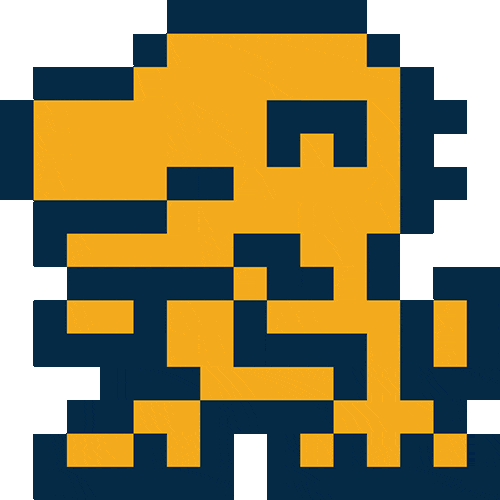
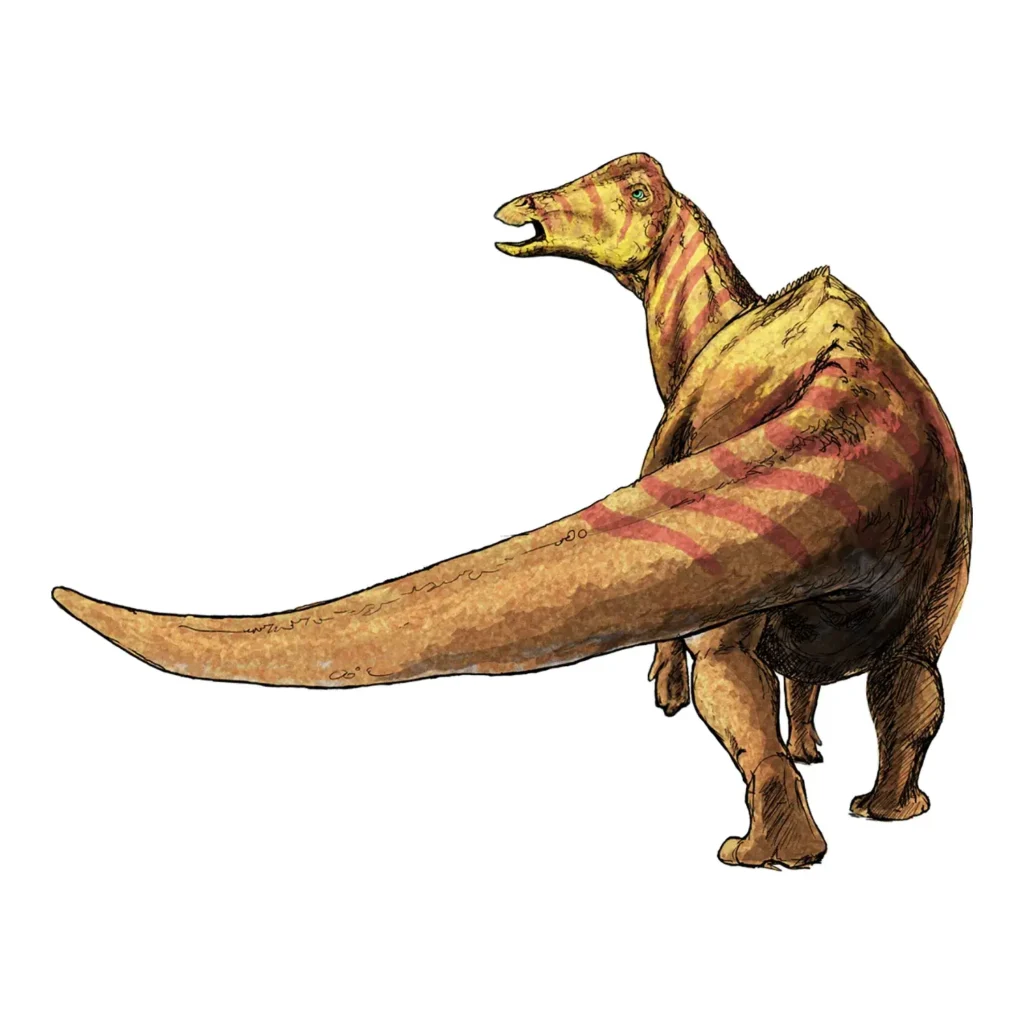
















Description
Ceratosaurus was a medium-sized theropod that lived in North America during the Late Jurassic period.
Its name means “horned lizard,” and as its name suggests, its most prominent feature was the three horns on its head.
It was once thought to be the same species as Allosaurus, but differences were noted, and it was established as an independent genus.
Fossils have been discovered in Utah and Colorado in the United States, as well as in Tanzania, Africa.
Unusual Physical Characteristics and Hunting Abilities
Ceratosaurus was a carnivorous dinosaur about 4.5 to 6 meters long. It was one of the smaller predators in North America during the Late Jurassic, as there were many larger carnivores like Allosaurus.
However, its survival until the end of the Jurassic is attributed to its unique physical characteristics and excellent predatory skills.
It had three horns on its head: two above its eyes and one on its nose.
The three horns were located on the nose and above the eyes.
The nasal horn, in particular, was a home-plate shape that reached a length of 13 cm and is presumed to have had blood vessels running through it in life.
There are two theories about the role of this horn: one is that it was for protecting its head during a fight, and the other is that it was a display for attracting mates.
Its mouth was lined with sharp, thin teeth, typical of a carnivorous dinosaur, making it excellent at tearing meat.
These features suggest that Ceratosaurus had the ability to fulfill the role of a keystone predator.
The Mysterious Bony Plates and Unique Evolution
A very rare feature for a theropod, Ceratosaurus had a row of small, jagged osteoderms running irregularly down its neck and back.
There was an irregular row of small osteoderms from its neck to its back.
Such bony plates on the back are only seen in ceratosaurs, making this a crucial clue for understanding how it evolved.
Coexistence with Allosaurus and Hunting Strategy
In Late Jurassic North America, where Ceratosaurus lived, there were also larger and more powerful predators like Allosaurus.
Researchers believe that the two avoided competition by engaging in “niche partitioning,” where they hunted different prey.
While the larger and more robust Allosaurus specialized in hunting large prey, the smaller and more agile Ceratosaurus may have mainly hunted smaller ornithopods, as well as fish and crocodiles that lived in rivers and lakes.
The Debate Over the “Aquatic Hunter” Theory
Paleontologist Robert Bakker proposed a theory that Ceratosaurus could swim.
He believed that its vertically deep and flexible tail helped it move through the water. As evidence, a large number of Ceratosaurus teeth were found in the same location as lungfish fossils.
However, this theory has many counterarguments, as its body shape is not well-suited for swimming, and further research is needed.
Despite its fame, only one complete skeleton has ever been found, which suggests that it was a solitary animal, like a tiger.
Ceratosaurus was a truly unique creature that survived the Jurassic period with its own weapons, defense system, and cunning survival strategy.